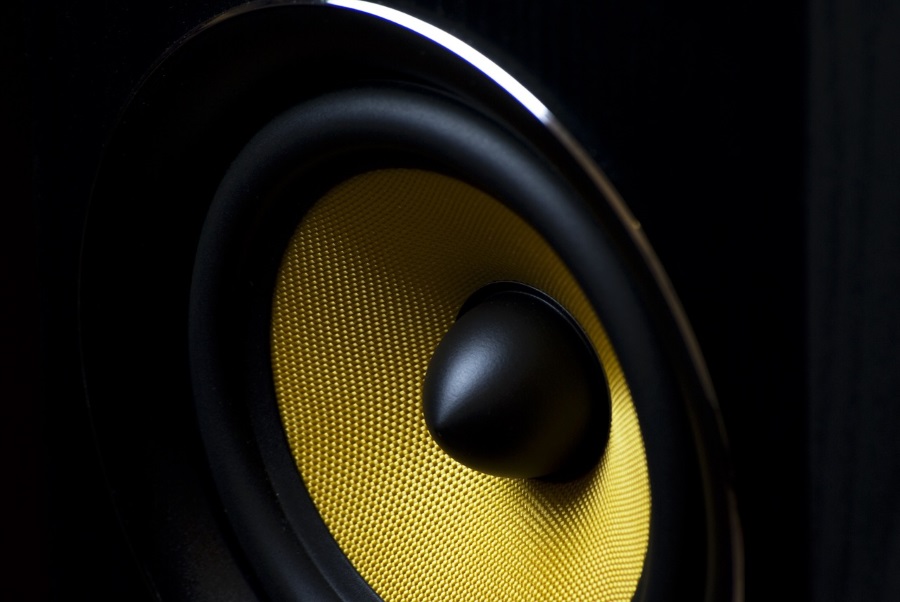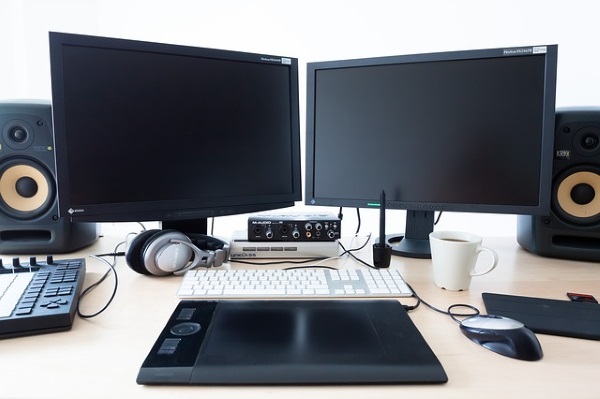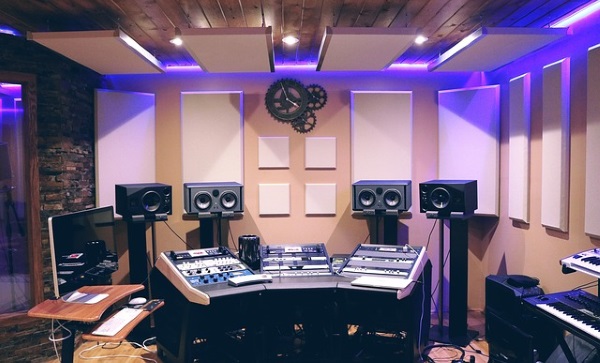What Does RMS Stand For with Speakers?

Shopping for a new set of speakers? Confused by the jargon and technical descriptions? Want to know what RMS stands for when looking at speakers? Want a clear guide on what to look for when you’re shopping for speakers? If you answered yes to any of those questions, this tutorial is for you!
Having just bought a set of 5.1 speakers for my gaming PC, I spent a good couple weeks learning all about speakers. What to look for. What marketing speak to ignore. What features are important and the meaning of some of the many acronyms that inevitably accompany any technical purchase. Here is what I learned.

What does RMS stand for?
One of the most important features of any speaker system according to marketers is the power output. This can be expressed as peak power in watts or RMS. So what’s the difference?
RMS stands for Root Mean Square. It’s a math term that describes the average output of a speaker over time. For example, 150w RMS means a set of speakers can comfortably play 150w over several hours without a problem.
Peak power is the maximum theoretical output of a speaker.
When considering RMS and peak power, an RMS of 150w and a peak power output of 250w means they can comfortably play at 150w all day long but have a maximum output of 250w.
So how do they factor into a buying decision? Speakers are often sold on their peak power but this isn’t the measure you should concentrate on. Peak power output is the measure you use when considering your amplifier. RMS is what you should use when considering daily use. If you have an amplifier capable of a peak output of 150w, there is no point spending extra on speakers that can output 250w. You may as well use the money to buy higher quality set or a set of electrostatics.

Other buying considerations for speakers
Arguably, the RMS and peak power output are not what the average buyer needs to worry about. Not many of us will be in a position to play our music at maximum RMS very often and certainly not at peak power. So what considerations are important?
Speaker type
There are several types of speaker and they all offer a different experience. They are:
- Stereo speakers – Available in pairs or as 2.1 with a subwoofer. Sound quality according to price and available in all shapes and sizes.
- Cone speakers – Traditional speaker types with a flexible cone held in pace with magnets. The cone vibrates with the sound.
- Surround sound speakers – Home cinema or computer speakers sold as 5.1 or 7.1 with five or seven satellites and a subwoofer.
- Electrostatic speakers – The audiophiles choice that use conductivity to move air over a thin film. The ultimate sound reproduction but you really pay for it.
The different shapes, bookshelf, floor standing, subwoofers, car speakers, computer speakers and others will all be various types of these four main types. What you buy should depend on what you want to use them for and where.
Connection type
Connection type has a bearing on speaker choice. You can have:
- Wired speakers – Uses wires to connect to the speaker.
- Wireless speakers – Uses your WiFi network to connect the speakers to the head unit.
- Bluetooth speakers – Uses Bluetooth to connect a phone or head unit to speakers.
For most of us, there is no difference in sound quality between these. Wired has the advantage of eliminating interference and avoiding connectivity issues but require wires. Wireless and Bluetooth depend on a good connection but are subject to range limitations and potential interference. If you can work around that, sound quality should be more than acceptable.
Budget
Even though they may be simple on the surface, there is a lot of technology that goes into a set of speakers. You can easily pay several thousand dollars for a set but you shouldn’t really need to. The budget you set should be linked to the audio equipment you will be using to power them.
If you’re using mid-range audio equipment, there is no point spending thousands on top end speakers. If you’re using high end audio then there is. The same for car or computer speakers. Spend an amount you think appropriate for their use. Unless you have hyper-sensitive ears or are a classical musician it is extremely unlikely you will notice any difference between mid-range and high end once they are set up properly.
The room
The final consideration is the room you’ll be using the speakers in. If you’re using a small apartment bedroom, you won’t need 6 foot floor standing speakers. If you’re using a huge home cinema, a small set of computer speakers isn’t going to cut it. Neither are speakers with a modest RMS in a sound insulated room or ones with huge peak power in that apartment going to deliver what you’re looking for.
There are more important considerations when buying speakers than RMS or peak power. At the end of the day, it is more important to buy the right tool for the job than the one with the highest numbers!




















